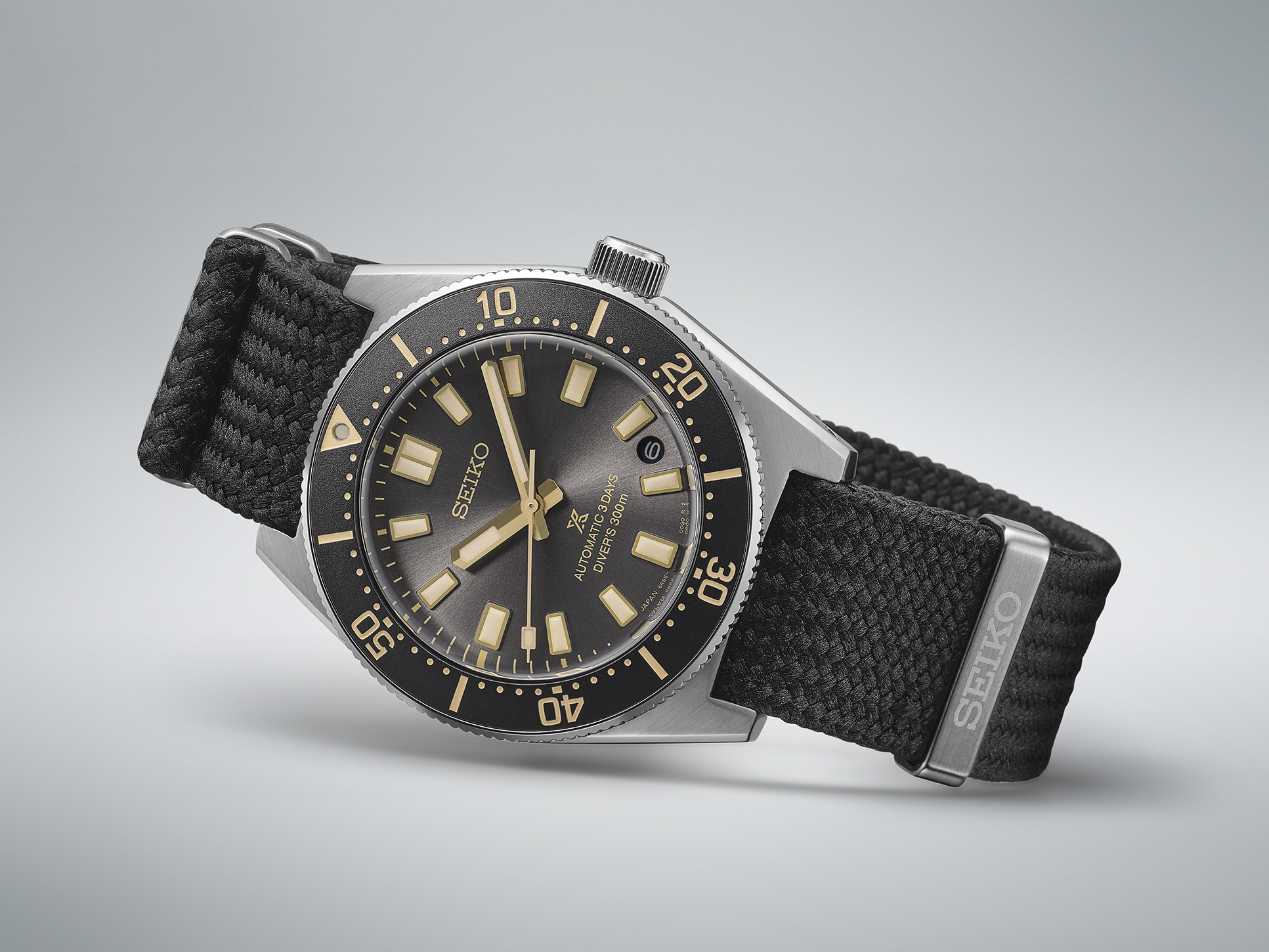Peek the Seiko Prospex 1965 Heritage Diver’s Special Edition SPB455 with an upgraded three days power reserve and 300 metres of water resistance.
As Seiko celebrates the centenary of having its namesake emboldened on a watch dial for the first time ever, the Japanese watchmaker looks back at its illustrious past to inspire its future. Of its many chapters that revolutionised the watchmaking industry, notwithstanding its infamous quartz innovation, releasing Japan’s first dive watch, the 62MAS was a major milestone for Seiko. It was the genesis of the Prospex family as we know it today, thanks and named after a stringent set of professional specifications. Since then, the 62MAS has been a coveted time capsule for collectors and inspired two faithful remakes, the first in 2020 and the second this year with a special 100-year commemorative issue.
 The Seiko 62MAS was unveiled in July 1965
The Seiko 62MAS was unveiled in July 1965
Stylistically speaking, the Seiko Prospex 1965 Heritage Diver’s Special Edition SPB455 takes nothing away from the 62MAS. Given the continued fascination with vintage watches, Seiko drives home the aesthetic with a charcoal-grey-coloured dial evocative of weathered black watches. Conversely, gold accents peppering the watch are a nod to Seiko’s many achievements.
 Gilt details on the the dial
Gilt details on the the dial
Multiple enhancements in the new watch’s technology, design, and construction are in line with modern day demands. One of the most notable changes is a three-day power reserve movement introduced in the vein of the newish calibre 6R55 appearing for the first time ever in the Prospex collection. A bump up in water resistance up to 300m also marks a new dawn for the Prospex collection’s non-saturation dive watches. Given the extra robustness required to fend off greater underwater pressure, Seiko has managed to keep the watch within wearable territories with refreshed ergonomics. Diameter, thickness and lug to lug distance (the most crucial dimension affecting wearability) are kept proportional to ensure a greater balance when worn. A slight repositioning of the date aperture to sit between the four and five o’clock indices allow for better readability.
 Seichu braiding seen on the fabric strap
Seichu braiding seen on the fabric strap
An additional fabric strap accompanying the metal bracelet, while inferior on first glance, is testament of Seiko’s technical-meets-tradition-rich know-how. Based on the obijime, a decorative cord that holds a kimono sash in place, Seiko employed the seichu braiding technique to recreate a watch strap. Instead of working with newly-spun nylon fibres, threads crafted from recycled plastic bottles are used to safeguard future generations from today’s climate change consequences.
Once you are done with this story, click here to catch up with our September 2024 issue.